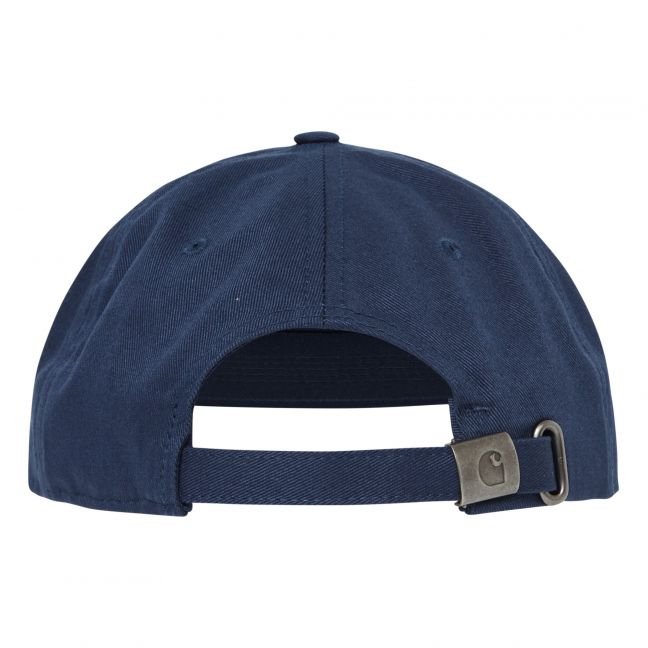Decoding the Mystery: How Many Milliliters are in a Cap?
07/11/2023

Welcome to Curiosify, the blog where we explore fascinating curiosities from around the world! Today, let's unravel the mystery of how many mL is a cap. 🤔 Join us as we uncover the answer and dive into the captivating world of measurements. Get ready to quench your thirst for knowledge! #curiosities #measurements #mystery
The Curious Measurement: Unveiling the Mystery of How Many mL is a Cap
The Curious Measurement: Unveiling the Mystery of How Many mL is a Cap
Have you ever wondered how much liquid a cap can hold? It's a curious question that has intrigued many. While most people use caps to close bottles or containers, they often overlook the fact that caps themselves can be quite useful when it comes to measurements.
To determine how many milliliters a cap can hold, we need to consider various factors such as the size and shape of the cap. There isn't a standard measurement for all caps, as different bottles have different neck sizes and cap designs. However, we can estimate an average measurement based on common bottle types.
For example, *a standard water bottle cap* usually holds around *500 mL* of liquid. This measurement may vary depending on the brand and bottle design, but it gives us a rough idea of what to expect.
On the other hand, *smaller caps*, such as those used in medication bottles, tend to hold *around 10-15 mL* of liquid. These caps are specifically designed to dispense small quantities of medication, ensuring accurate dosage.
It's important to note that these measurements are approximations and may not be exact for every cap. Manufacturers may have different specifications, so it's always best to check the labels or contact the manufacturer for precise measurements.
Next time you come across a cap, take a moment to appreciate its hidden potential as a measuring tool. So, whether you're curious about how much liquid a cap can hold or simply need a quick estimation, remember that *caps have their own curious way of measuring liquids*.
Let your curiosity guide you as you explore the world of measurements in everyday objects!
Is a capful equivalent to a teaspoon?
No, a capful is not equivalent to a teaspoon. A capful refers to the amount of liquid that can be held in the cap of a bottle or container. It is not a standardized unit of measurement and can vary depending on the specific product or container. On the other hand, a teaspoon is a standardized unit of measurement in cooking and baking, equal to approximately 5 milliliters.
What is the volume in ml of a Gatorade bottle cap?
The volume of a Gatorade bottle cap is approximately 2 milliliters.
Is a cap equivalent to a tablespoon?
No, a cap and a tablespoon are not equivalent in measurement. A cap refers to the volume measure of a cap on a bottle or container, which can vary depending on the product. On the other hand, a tablespoon is a standardized unit of measurement often used in cooking and baking. One tablespoon is equal to approximately 15 milliliters or 0.5 fluid ounces. So, a cap may hold more or less than a tablespoon depending on the specific product.
What does 15ml look like?
15ml is a unit of measurement commonly used to measure liquids. It represents 15 milliliters, which is equivalent to approximately 0.51 fluid ounces or 1 tablespoon. To give you an idea of its volume, it is roughly the size of a standard perfume sample bottle or a small shot glass. When you pour 15ml of liquid into a container, it typically fills up to about one-third of a regular-sized drinking glass.
Preguntas Frecuentes
How many milliliters are there in a standard bottle cap?
The volume of a standard bottle cap can vary depending on the size and type of bottle. However, a common volume for a standard bottle cap is around 5 milliliters (5 mL).
What is the average volume of liquid that can be held by a typical cap?
The average volume of liquid that can be held by a typical cap is around 4-5 milliliters. This measurement can vary depending on the size and type of the cap. For example, caps used for small bottles or vials may hold less liquid, while caps used for larger containers can hold more. It's important to note that this is an estimate and individual caps may have different capacities.
Are there any variations in the volume of caps based on different types of bottles or packaging?
Yes, there can be variations in the volume of caps based on different types of bottles or packaging. Caps are designed to fit specific bottle sizes and shapes, and their volumes are typically tailored to match the specific container they are intended for. For example, a cap for a soda bottle may have a larger volume compared to a cap for a water bottle. This is because carbonated beverages require more space for the gas to expand when the bottle is opened. Similarly, caps for larger containers like jugs or gallon-sized bottles may have larger volumes to accommodate the larger openings. These variations ensure a proper seal and functionality for different types of bottles or packaging.
In conclusion, delving into the world of curious measurements, we have explored the question of how many ml is a cap. While there is no universal answer to this enigma, as it varies depending on the specific product or context, it is essential to consider that a cap's volume can differ significantly. Whether it be a bottle cap, a medication cap, or a cap used for measuring liquids, it is crucial to consult the packaging or product guidelines for accurate measurements. So next time you find yourself pondering the ml capacity of a cap, remember to embrace the uniqueness of each cap and its purpose!
